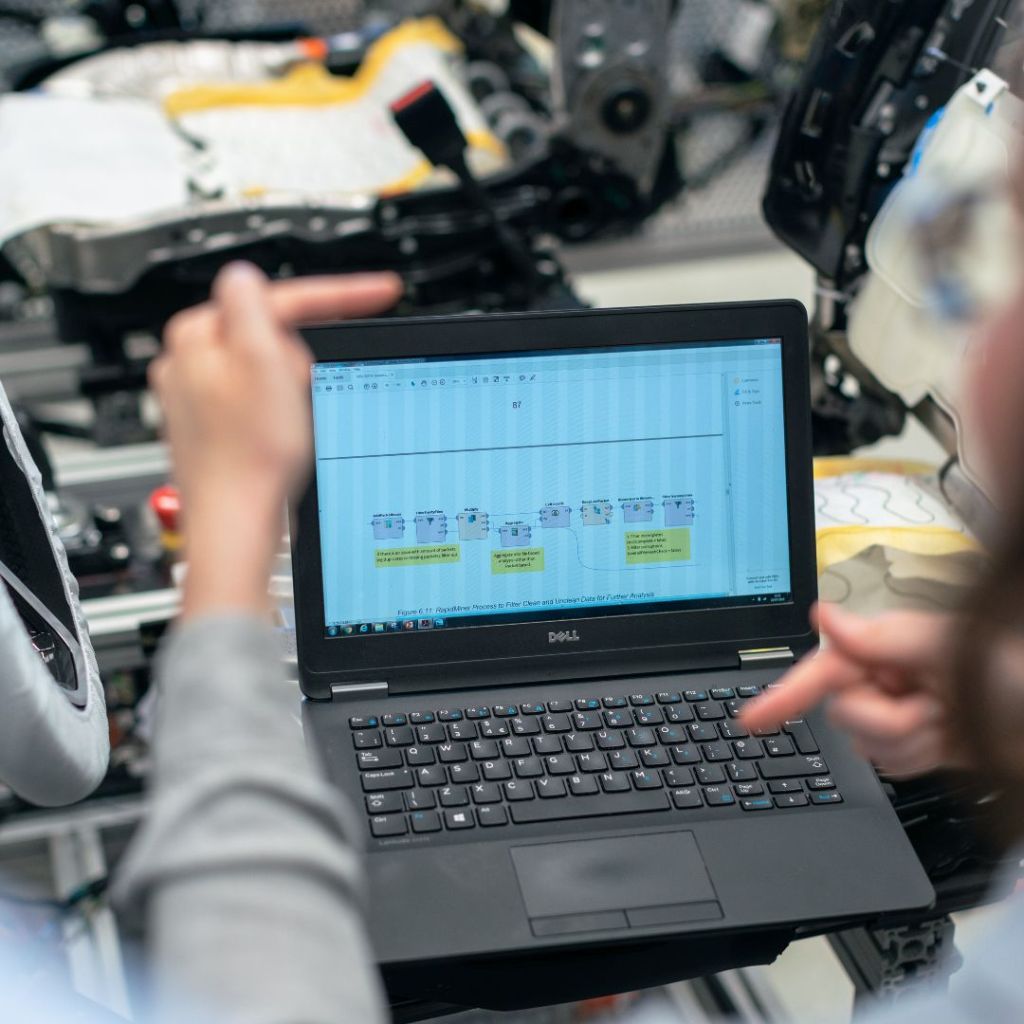
In the dynamic world of software development, where change is constant and innovation is imperative, the role of Software testing services in US has evolved significantly. From traditional manual testing to the adoption of agile and DevOps practices, software testing has undergone a profound transformation to meet the demands of modern development methodologies. In this blog, we’ll explore the evolution of software testing services, highlighting key trends, challenges, and strategies for success in today’s digital landscape.

The Rise of Agile and DevOps
The emergence of agile and DevOps methodologies has revolutionized the software development lifecycle, emphasizing collaboration, continuous integration, and rapid delivery. In this fast-paced environment, traditional waterfall testing approaches no longer suffice. Instead, software testing services have evolved to embrace agile and DevOps principles, focusing on early and continuous testing to ensure quality throughout the development process.
Shift Left Testing
One of the key principles driving the evolution of software testing services is the concept of “shift left” testing. Rather than waiting until the end of the development cycle to conduct testing, shift left testing advocates for testing to be integrated into every stage of the development process. This proactive approach helps identify and address defects early, reducing the cost and time associated with fixing issues later in the lifecycle.
Test Automation
With the increasing pace of development and the need for rapid feedback, test automation has become a cornerstone of modern software testing services. Automation tools and frameworks enable testers to execute tests quickly and efficiently, freeing up time for more strategic testing activities. By automating repetitive and time-consuming tasks, organizations can accelerate their release cycles and improve overall productivity.
Continuous Testing
Continuous testing is another key trend shaping the evolution of software testing services. It involves the automated execution of tests throughout the development pipeline, providing real-time feedback on the quality of the software under development. By integrating testing into the CI/CD pipeline, organizations can detect and address defects early, ensuring that only high-quality code is promoted to production.

Strategies for Success
To overcome the challenges and succeed in today’s digital landscape, Software testing company in USshould:
Invest in training and upskilling their testing teams to keep pace with evolving technologies and methodologies.
Adopt a strategic approach to tool selection, choosing solutions that align with their specific testing requirements and objectives.
Embrace a culture of collaboration and communication across development and testing teams, fostering greater synergy and alignment.
Continuously evaluate and refine their testing processes to adapt to changing business needs and technological advancements.